I am putting together a TableView and I need to have multiple cell classes used in the same table.
So for example how would I use more than one cell class in my cellForRowAtIndexPath method?
- (UITableViewCell *)tableView:(UITableView *)tableView cellForRowAtIndexPath:(NSIndexPath *)indexPath
{
static NSString *CellIdentifier = @"Cell";
UITableViewCell *cell = [tableView dequeueReusableCellWithIdentifier:CellIdentifier];
// Configure the cell...
return cell;
}
I know I could simply replace UITableViewCell with my custom class and use if statements to adjust the class depending on the index, but isn't that a bit messy, what would be a reasonable, and possibly the most intelligent way of doing this?
